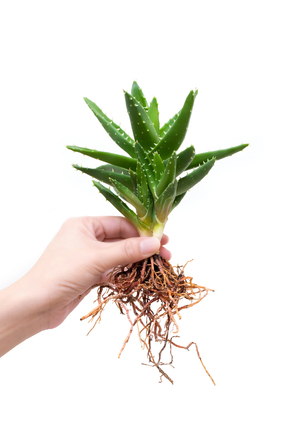
 |
|
Provided to China Daily |
While cosmeceuticals are making inroads in the beauty market, Xu Junqian in Shanghai discovers traditional Chinese medicine went down this road a long time ago.
As if there were not enough beauty products already, a new category of skin care treatments is flooding the Chinese market. Cosmeceuticals - a combination word from "cosmetics" and "pharmaceuticals" - contain a higher percentage of active ingredients and thus offer improved performance, dermatologists say.
|
 |
The term was originally coined in the 1970s by American dermatologist Albert Kligman, who invented the acne-treating Retin-A.
"They are usually packaged simply, are fragrance-free, and more importantly, are well-focused on the particular skin problem," says Gu Li, an office worker and beauty blogger in Shanghai.
What's less well known is that ancient Chinese were ahead of the game.
In the Classic of the Mountains and Seas from the Warring States Period (475-221 BC), 12 kinds of traditional medicine are related to cosmetics. Also, Shennong's Classic of Materia Medica from the Eastern Han Dynasty (AD 25-220) mentions some 100 kinds of plants with cosmetic properties.
Meanwhile, hairdressing products developed for imperial beauties of the Ming (1368-1644) and Qing (1644-1911) dynasties have exerted a profound influence on modern cosmetics research. Even so, today's cosmeceutical market is more colorful in many ways.
Boasting a list of bioactive ingredients like vitamin derivatives, retinoic acid and alpha hydroxyl acids, from fruit and dairy products, these cosmeceuticals are said to treat oversized pores, reduce wrinkles, and even reverse the effects of aging and sun exposure.
"The way they work is similar to traditional Chinese medicine," says Astrid Desmons, general manager of Bioderma China, which has just opened its first outlet in Shanghai.
"The biological ingredients already exist in the skin, but it cannot produce enough. So what we are doing is restoring the skin to a natural balance, so that it is problem free."
The brand's popular Sensibio H2O cleanser, for example, is formulated to have a PH level of 5.5, which protects the skin from harmful elements better than water, as the PH level matches the skin's.
Another hot seller is neurocosmetics, which are taken orally and boost skincare.
SATO Pharmaceutical, a century-old Japanese over-the-counter drug producer, has just started promoting the beauty drink, Hakubi Collagen Drink, in China.
Executives at DKSH, the market expansion company for SATO in China, claim the drink, which has collagen extracted from deep-sea fish, has a strong following in the country.
On the flip side and despite their perceived benefits, cosmeceuticals have not yet been approved by the United States Food and Drug Association.
Zhang Lei, a Beijing dermatologist and consultant, says the majority of skin-care products - whether they are cosmeceuticals or not - share a similar formula. He adds that while some ingredients may work for some people, they may not be suitable for everyone.
"That's why cosmeceuticals have to be prescribed by doctors according to skin type and age," says Zhang, a popular blogger who uses the name Zhang Sanshi online. "It is good for both the user and the product. Otherwise the product, which may be efficient, might not have the desired effects."
Contact the writer at xujunqian@chinadaily.com.cn.
Ray Kuka contributed to the story.